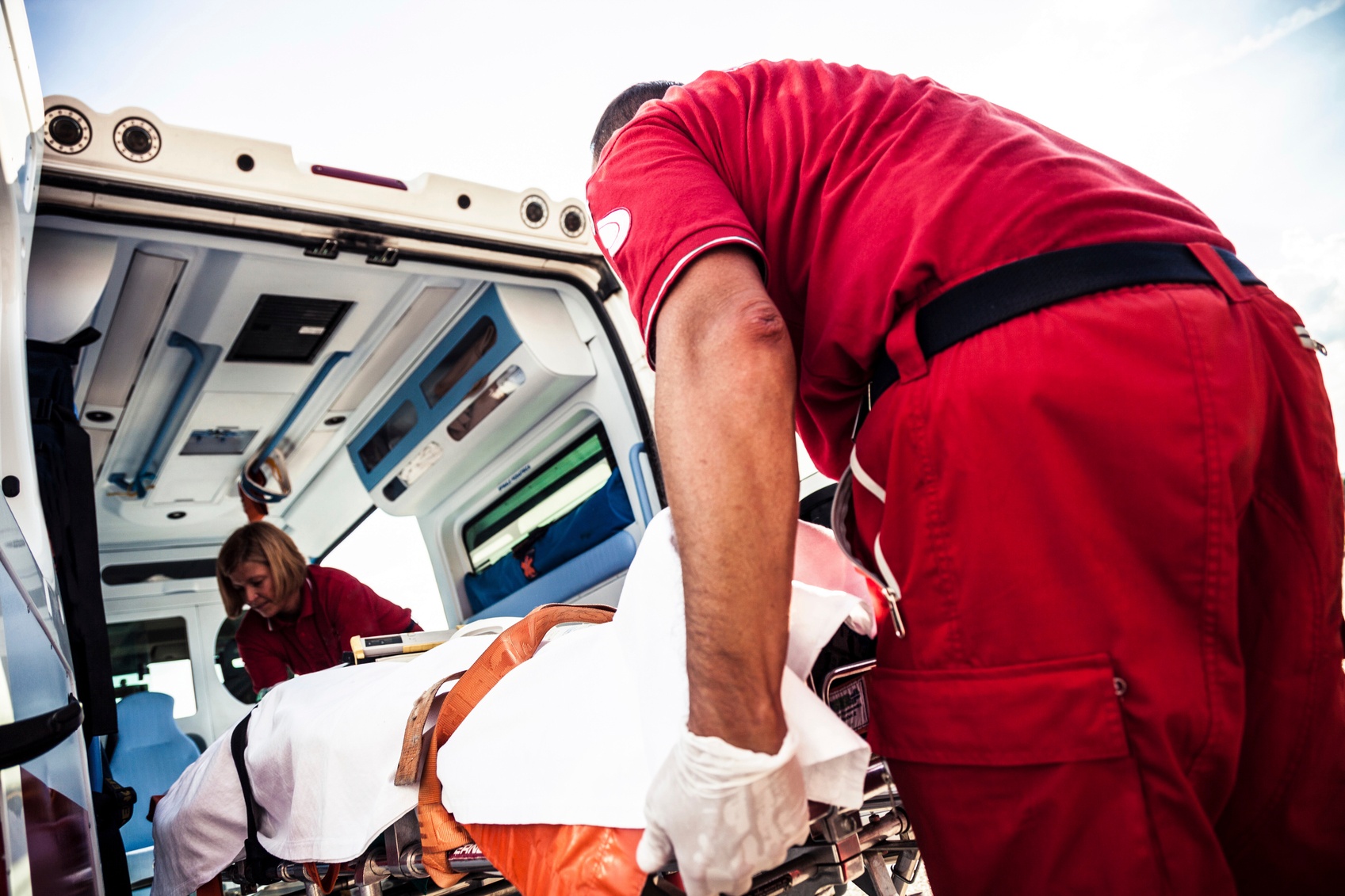
Currently, more than one-third of U.S. adults are obese, with the rate holding at 34.9 percent or 78.6 million adults. EMS transport and prehospital care for these bariatric patients looks very different than it does for patients in a normal weight range. Special care needs to be taken for everyone’s safety, patient and EMS personnel alike.
For EMS, obesity can be defined as patients weighing 350 pounds or more, with patients over 500 pounds needing specialized equipment, education, and processes in place.
Preparation is key when dealing with bariatric patients as well. A good practice is to start noting where bariatric patients live, whether through call history or community outreach. Dispatchers can be educated to ask the right questions when receiving a call, even if it’s as basic as, “Is the patient of average weight?”
Learning to use the right equipment will be important. Not all EMS departments have the financial resources to purchase special equipment, and many may be reluctant to use equipment they have to hand for “off label” purposes. But with the right education, practice, and awareness of the special needs of this community, plus strategic purchases, equipment can be deployed safely and effectively.
- Protocol. In order to safely transport large patients, an incident management plan should be created. This will include rules about extra personnel, weight limits, and appropriately sized equipment.
- Patient extrication and immobilization. Stabilizing and lifting an obese patient requires atypical use of equipment, such as bracing a cervical collar with rolled up linens, or using more than one backboard. Slings and soft patient slide devices can help with lifting.
- Transportation pathway. A safety officer will need to assess the pathway out of the room and building for structural considerations as well as obstacles.
- Sensitivity and compassion. Reasons behind morbid obesity can be very complicated and genetic in nature. As with all patients, bariatric patients deserve your tolerance and sensitivity.
Pocket Nurse® provides a number of products to educate EMS personnel on how to handle bariatric patients, including SimAccessories™, extra-large blood pressure cuffs and slings for transport. Call 800-225-1600 or visit www.PocketNurse.com for more information.






